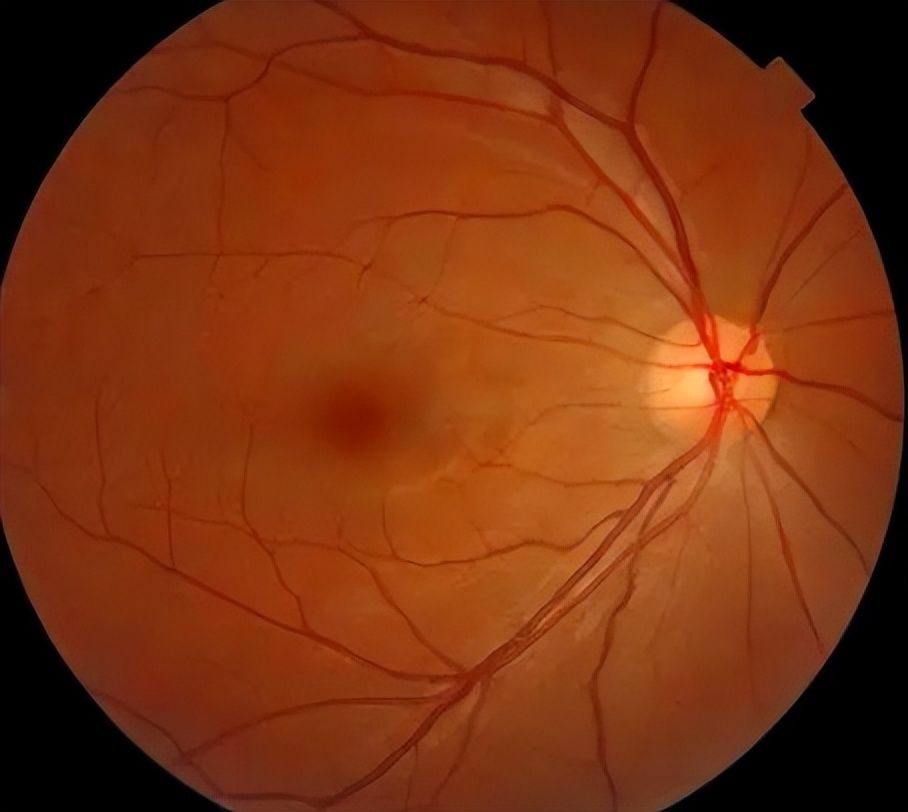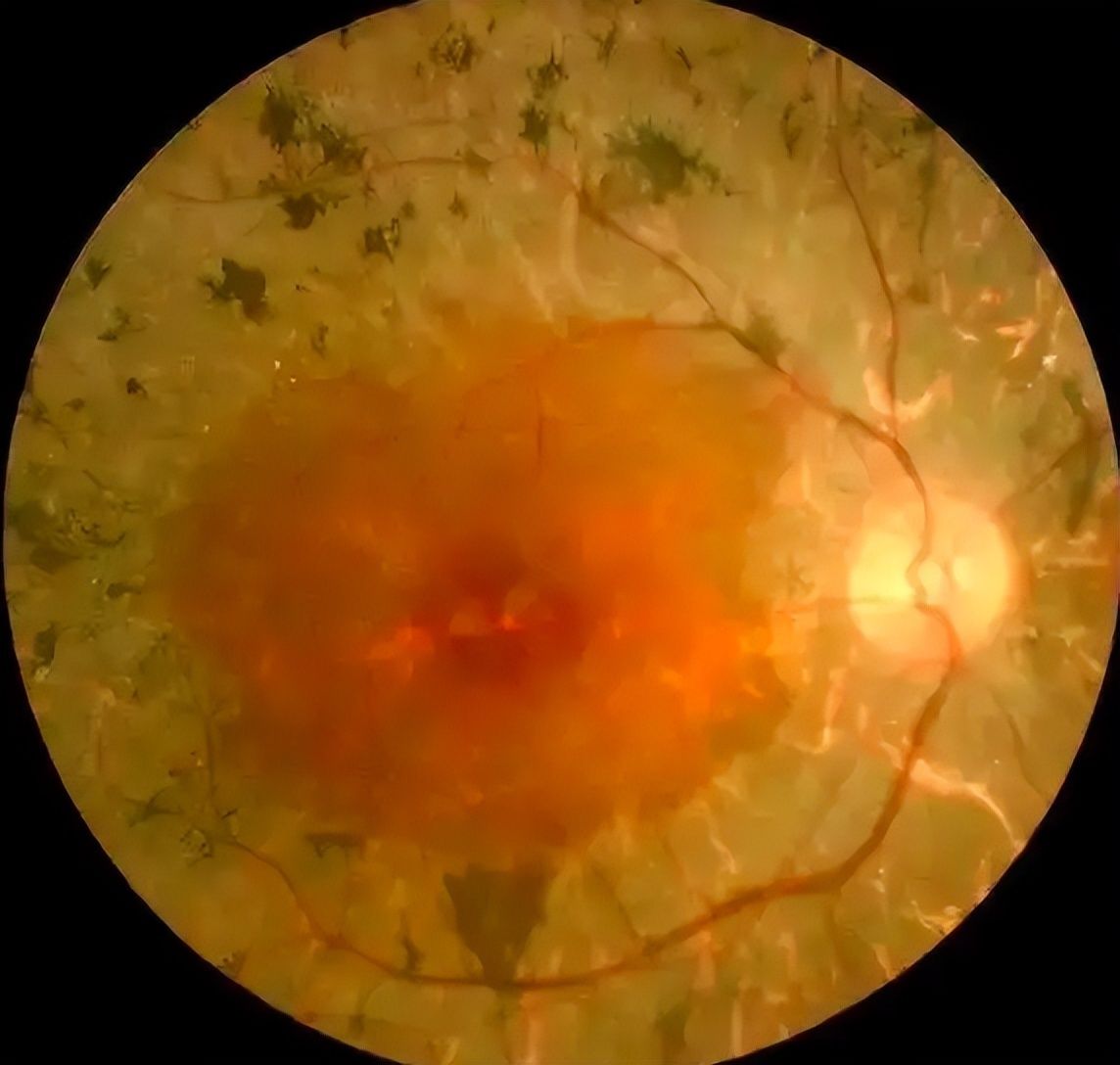Article reprinted from: Department of Ophthalmology, Shenzhen University General Hospital
We all know that the retina is an important structure inside our eyeball, and it is closely related to our vision. Ability will also be abnormal. Today, I will share with you a type of retinopathy that can lead to decreased night vision – retinitis pigmentosa.
What is retinitis pigmentosa?
The retina is like the light-sensitive film in a camera, responsible for light-sensitive imaging. Retinitis pigmentosa is a hereditary retinal degenerative disease, which refers to a disease in which patients gradually become blind due to abnormalities in the cells that receive optical signals on the retina or in the retinal pigment epithelium. Although it may sound unfamiliar, in fact, this disease is not rare in our lives, and its incidence is about 1/3000~1/5000.
How does retinitis pigmentosa occur?
Retinitis pigmentosa can be divided into primary retinitis pigmentosa and secondary retinitis pigmentosa according to the etiology.
Primary retinitis pigmentosa, also known as hereditary retinitis pigmentosa, has a variety of inheritance methods, most of which are single-gene inheritance, including autosomal dominant, autosomal recessive, and X chromosome linked Genetics, etc.; Secondary retinitis pigmentosa is also called acquired retinitis pigmentosa, which is retinitis pigmentosa caused by inflammation, trauma, poisoning and vascular disease.
What are the consequences of retinitis pigmentosa?
Retinitis pigmentosa mainly affects the retina, and the main symptoms are decreased night vision, decreased visual acuity, and reduced visual field.
Decreased night vision: poor vision in dark environments and blurred vision.
Vision loss: Later in the course of retinitis pigmentosa, there is a gradual loss of vision that can eventually lead to blindness. The younger the age of onset, the more severe the vision loss.
Reduced field of view: initially manifested as small scotoma, and gradually developed into a tubular field of vision, that is, only the picture between the two eyes can be seen.

normal fundus

Retinitis Pigmentosa Fundus Changes

Visual field defect
In addition to the above symptoms, retinal pigment Degeneration may also cause complications such as cataracts, glaucoma, and myopia, which have a huge impact on the lives of patients. In addition, due to the impact of retinitis pigmentosa on vision, many patients will also have mental disorders such as depression and anxiety.
Is there a cure for retinitis pigmentosa?
Unfortunately, there is currently no cure for retinitis pigmentosa. However, active symptomatic treatment can still delay the progression of the disease and improve the quality of life of patients.
The treatment of retinitis pigmentosa is mainly through the treatment of neurotrophic agents and vitamins. The commonly used treatment drugs are vitamin A palmitate and docosahexaenoic acid (DHA) adjuvant therapy, which can to delay disease progression.
In addition to drugs, optical vision aids such as image reducers and visual field viewers can also be used to assist patients’ vision, help patients live independently and improve their quality of life.
Due to the lack of effective treatment methods for retinitis pigmentosa, patients with retinitis pigmentosa need adaptive training for low vision to ensure a normal life and a healthy psychological state.
Currently, research on the treatment of retinitis pigmentosa through gene, stem cell and other methods is also underway. It has been initially found that gene replacement, gene silencing, gene editing, stem cell therapy and other methods may be effective in the treatment of retinitis pigmentosa, and a variety of drugs have entered the clinical trial stage. It is believed that in the near future, these drugs will be put into clinical practice and will truly benefit the majority of patients with retinitis pigmentosa.